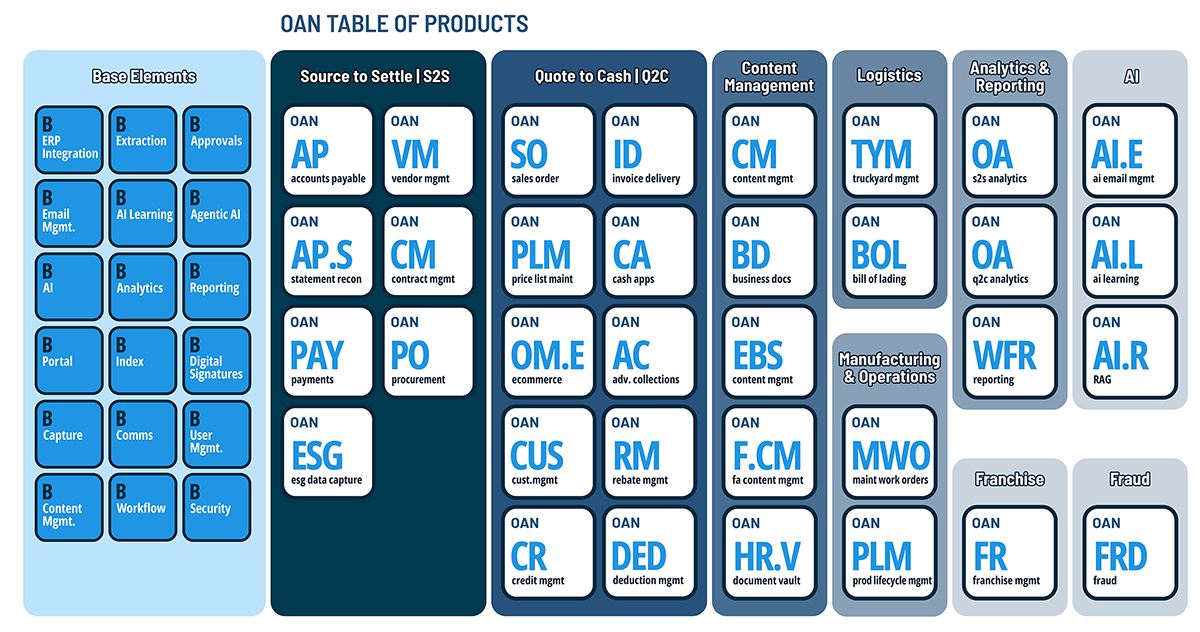Understanding key performance indicators (KPIs) like return on equity (ROE) is essential for finance professionals, especially those in the CFO’s office. DuPont Analysis is one of the most effective methods for breaking down ROE into its components and uncovering the drivers behind a company’s profitability. Originally developed by DuPont in the 1920s, this robust analytical framework helps businesses see the bigger picture of their financial health and understand where to focus their efforts for maximum impact.
At its core, DuPont Analysis enables CFOs and business leaders to go beyond a simple profitability figure and understand the internal levers—such as operating efficiency, asset utilization, and financial leverage—that directly impact a company’s economic performance. Whether you’re looking to identify inefficiencies or determine the right balance between debt and equity, DuPont Analysis offers valuable insights that help businesses survive and thrive in today’s competitive landscape.
Breaking Down DuPont Analysis: The 3-Step Model
The 3-Step DuPont Analysis model is a straightforward approach to assessing the drivers of ROE. By breaking down ROE into three key components—net profit margin, asset turnover, and financial leverage—the model helps business leaders understand how each element influences overall profitability. Here’s how it works:
1. Net Profit Margin:
This ratio measures how much profit the company generates from its revenue after all expenses. It reflects how well the company controls its costs and manages its operations to maximize profit. If the net profit margin is low, the business might need to address cost control or improve pricing strategies to increase profitability.
2. Asset Turnover:
This ratio assesses the efficiency with which a company uses its assets to generate sales. Simply put, it’s about how well assets are utilized to drive revenue. A high asset turnover suggests that the company is efficiently using its resources, while a low ratio could indicate underutilized assets or inefficient asset management.
3. Financial Leverage:
Also referred to as the equity multiplier, this component measures the degree to which a company uses debt to finance its operations. It reflects how much financial risk the company takes by using leverage. While some leverage can amplify returns, too much debt can lead to high interest expenses and increase the risk of default.
The Benefit of DuPont Analysis for Modern CFOs
For modern CFOs, DuPont Analysis is more than just an academic exercise. It’s a strategic tool that allows them to make informed decisions about capital allocation, financial structure, and operational efficiency. By understanding how the three components of ROE interact, CFOs can optimize their economic strategies for better outcomes.
With DuPont Analysis, CFOs can:
- Evaluate Capital Efficiency: By focusing on net profit margin and asset turnover, CFOs can identify areas where capital is being underutilized and take action to optimize performance.
- Optimize Leverage: The financial leverage component helps CFOs strike the right balance between debt and equity, allowing for strategic growth without overexposing the company to financial risk.
- Improve Profitability: By understanding the interplay between margins, asset utilization, and leverage, CFOs can identify which areas to focus on to drive profitability and increase overall ROE.
Beyond the Basics: The 5-Step DuPont Model
While the 3-Step DuPont Model is powerful, the 5-Step DuPont Model takes the analysis to the next level by introducing more specific ratios that help pinpoint areas for improvement in greater detail. These additional components—tax burden, interest burden, and operating margin—give CFOs a more granular view of what drives the bottom line. Here’s a breakdown:
1. Tax Burden:
This ratio assesses the proportion of profits retained after taxes. A lower tax burden is a positive sign, as the company keeps more earnings post-tax.
2. Interest Burden:
This component evaluates how much interest expense reduces a company’s profits. CFOs can use this ratio to assess whether interest payments are taking a toll on the bottom line and determine whether refinancing or managing debt levels can improve profitability.
3. Operating Margin:
This ratio measures the company’s operating efficiency by measuring the profit generated from its core operations. A high operating margin indicates that the company is operating efficiently and effectively managing its direct costs.
Why DuPont Analysis is Crucial for Financial Decision-Making
In a volatile business environment, CFOs need a tool that provides insight into financial performance and guides strategic decision-making. DuPont Analysis helps CFOs see beyond traditional financial statements and highlights specific areas that require attention or improvement. By understanding which elements contribute to ROE, businesses can pinpoint operational inefficiencies, optimize their capital structure, and position themselves for sustainable growth.
Moreover, DuPont Analysis allows for better comparability with industry competitors. Regarding mergers, acquisitions, or ESG (Environmental, Social, and Governance) positioning, having a strong ROE analysis is essential for demonstrating financial resilience and creating shareholder value.
Unlocking Financial Efficiency with DuPont Analysis
In conclusion, DuPont Analysis is vital for any modern CFO looking to optimize financial performance and drive shareholder value. By breaking down ROE into its core components—net profit margin, asset turnover, and financial leverage—and using advanced models like the 5-Step DuPont Formula, CFOs can pinpoint areas for improvement and develop targeted strategies to boost profitability.
As a leading provider of financial automation solutions, oAppsNET is here to help businesses integrate intelligent financial analytics into their operations. With our expertise, CFOs can gain the insights they need to optimize ROE and build a sustainable, growth-oriented financial strategy.
Let oAppsNET help you unlock the power of DuPont Analysis and take your financial management to the next level. Reach out today to discover how our solutions can enhance your ROE and improve your bottom line.

